
- Color: Golden-Olive with Brown mottling
- Antennae: 2
- Tails: 2
- Legs: 6
- Size: 18-22mm (size 8-12 hook)
Skwala Nymph
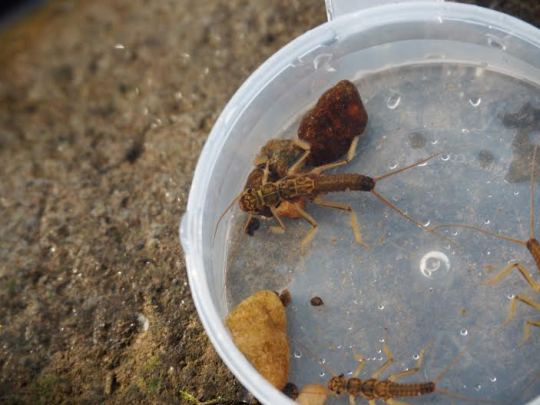
Generally found in swift water, but is also known to hang around the edges of deeper pools due to its desire for cold water.
Similarly to other stoneflies, the Skwala lives anywhere from 2-4 years in the water in its nymphal stage.
When fishing a Skwala nymph it is very important to get your flies down right on the bottom. This is partially due to the fish being down deep in the colder parts of the year but mostly has to do with the Skwala’s clinging nature. They cling to the bottom of the river and only become accessible to the trout when brushed downstream by a surge of water. So they never stray very far from the bottom.
Skwala Nymph Patterns:
- Gils Skipper Stone sz. 10
- Biot Epoxy Stone sz. 8
- Jimmy Legs Brown/Orange sz. 8
Emergence of Skwala Stones
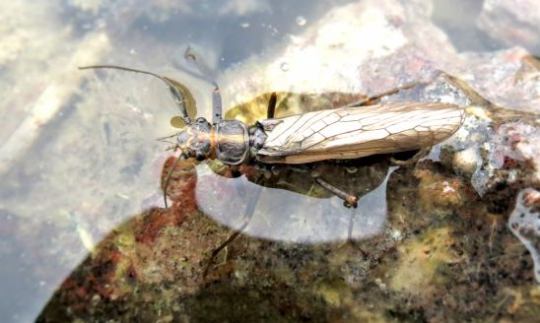
Time: Mid February - Early March
Like other stoneflies the Skwala stonefly doesn’t swim up to the surface to emerge. When the water hits around 42 degrees this insect scurries across the rocky bottom and crawls out of the river onto some form of rocky shore, or overhanging foliage to emerge from its exoskeleton.
Since these stoneflies are terrible swimmers, right before emergence is a great time to fish banks and other edges with a Skwala nymph, since the fish will be stacked up anticipating a conveyer belt of clumsy stonefly nymphs tumbling down their way. So make sure to cast at the bank before walking straight into the water!
Adult Stage of Skwala Stones
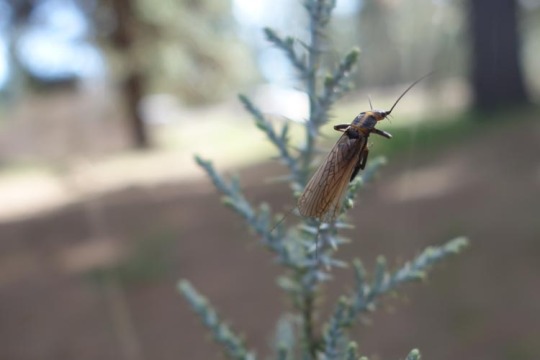
- Color: Olive with Golden-Orange Markings
- Wings: 4
- Antenae: 2
- Tails: 2
- Legs: 6
- Size: 18-22mm (size 8-12)
One of the interesting features of this insect is that it really doesn’t like to fly. When observing a Skwala adult you will notice that a majority of the time they lean more towards scurrying frantically from place to place without even twitching their wings.
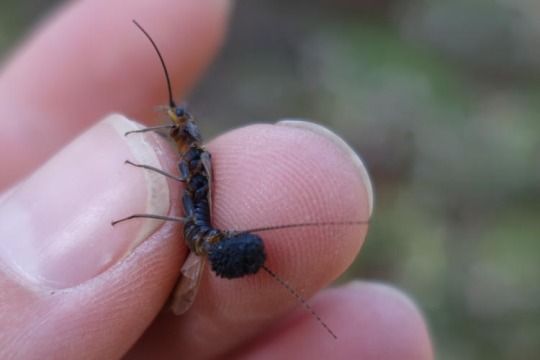
When the hatch is really on you can expect to see very splashy and aggressive takes from the fish because the insects will even scurry across the surface of the water in order to lay their eggs. This means that you can fish the adult similarly to any other dry fly, but skating a Skwala across a long run in never a bad call. Similar to swinging a wet fly, skating a dry fly allows you to systematically cover a large body of water, making sure not to miss any section that could be holding that monster fish. When skating a Skwala it’s important to keep your rod tip at eye level and to add a constant twitch as to keep the fly on the surface.
Skwala Adult Patterns:
- Skwala Stonefly sz. 12
- Rogue Foam Skwala sz. 12
- Designated Hitter Stone sz. 12
- Bitterfork Skwaller sz. 10
Where To Fish?
One of the best known fisheries for the Skwala stonefly is the Yuba River in between Parks Bar and Englebright Reservoir. This section of water is known for its hard fighting, healthy rainbows and this is one of the few times of year where even the big fish will be looking up for their next meal. Another colder option for amazing Skwala fishing would be the Truckee river, where I would mostly focus on fishing the nymph stage with the occasional switch to a Skwala dry. Many of California’s mountain streams like the Truckee and Feather have Skwala Stones.

Read more
CHROME, the new film from Conservation Hawks, celebrates the joy and passion of fly fishing for steelhead while educating anglers on the looming threats of climate change and ocean acidification. T...
Customer and Cal Trout Golden Trout Member made a trip to Yuba River on Monday to find she was muddy and more than swollen from rains. She’s dropping into shape and the forecast looks like the rain...
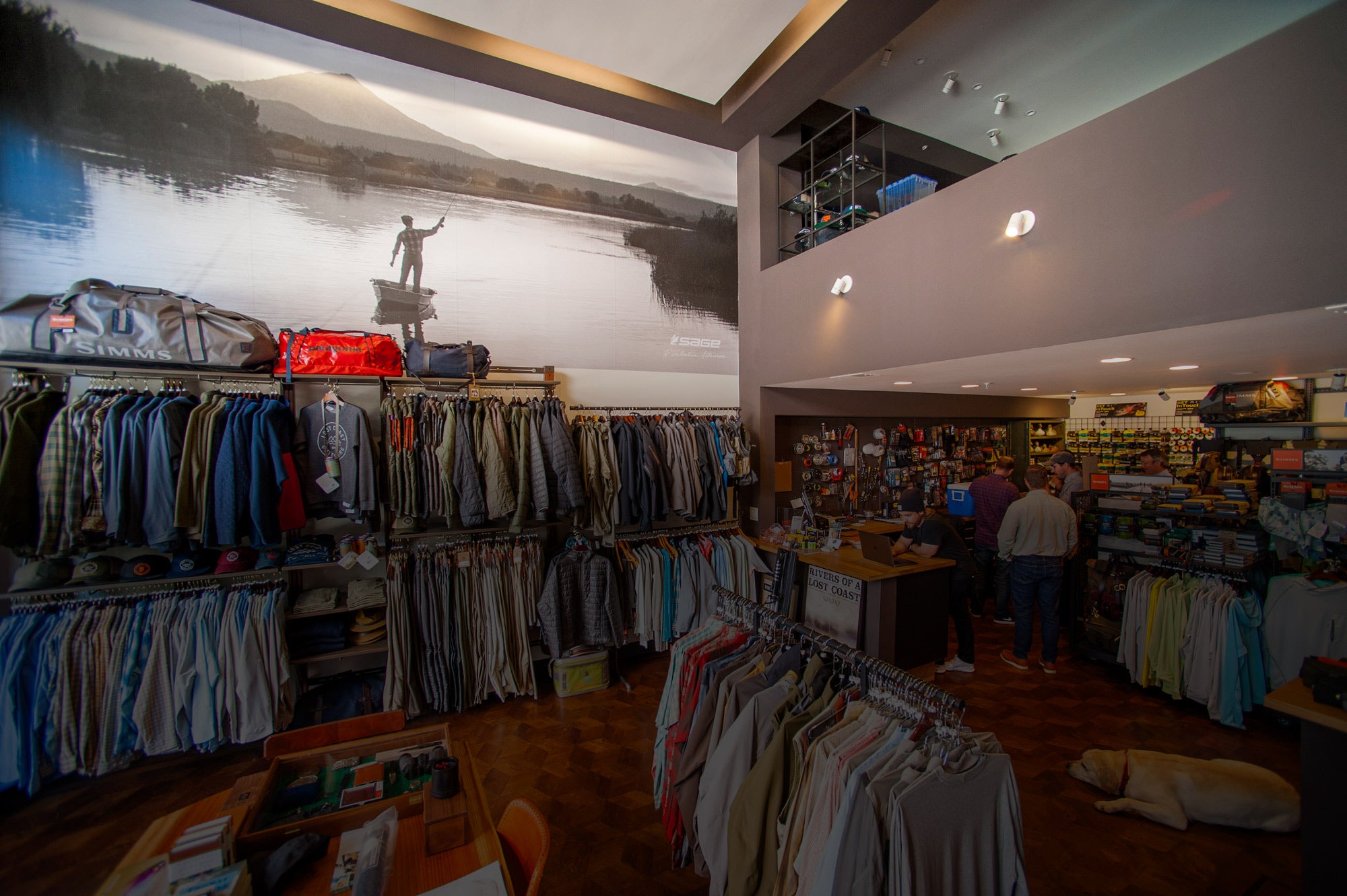
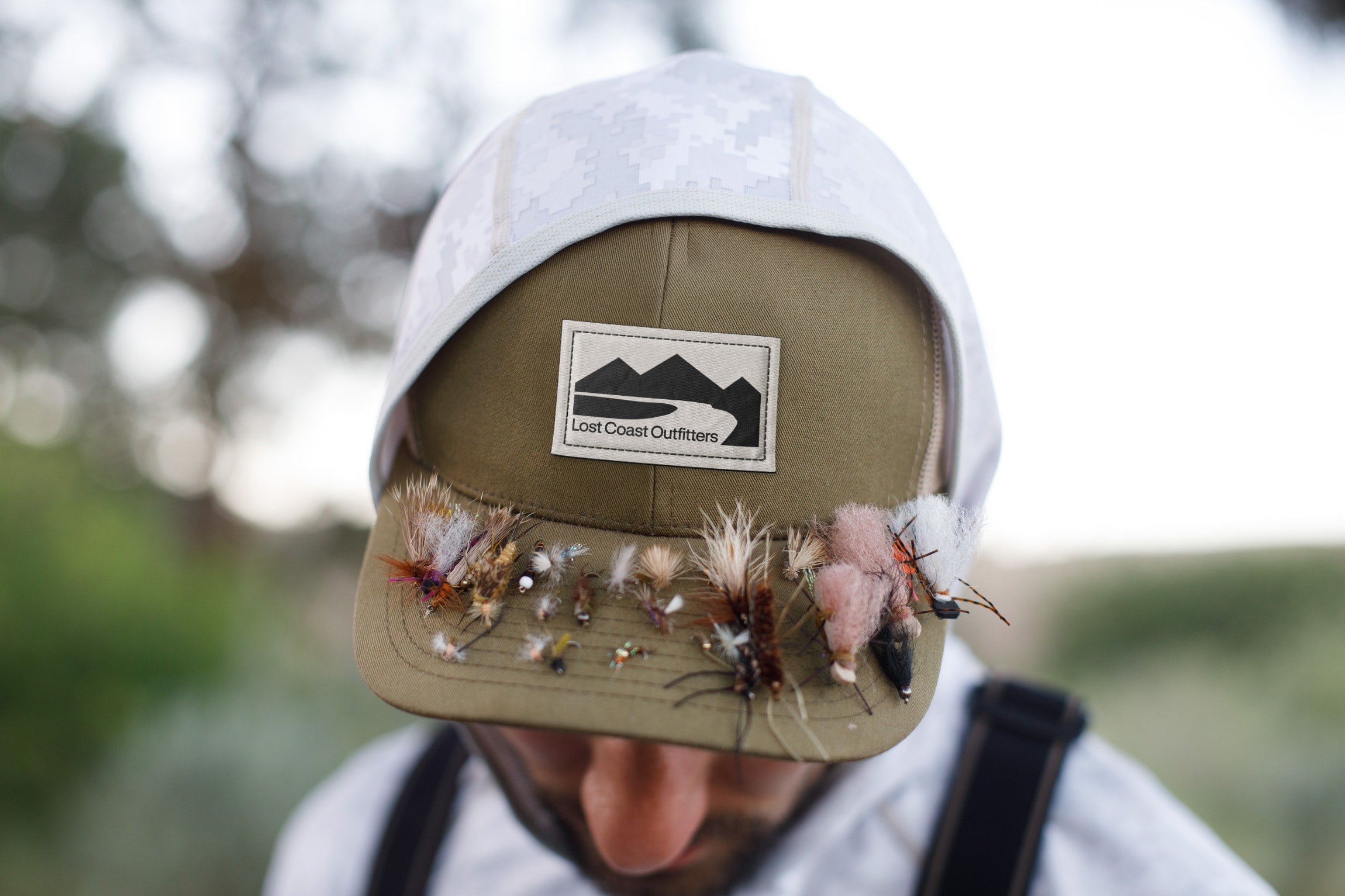
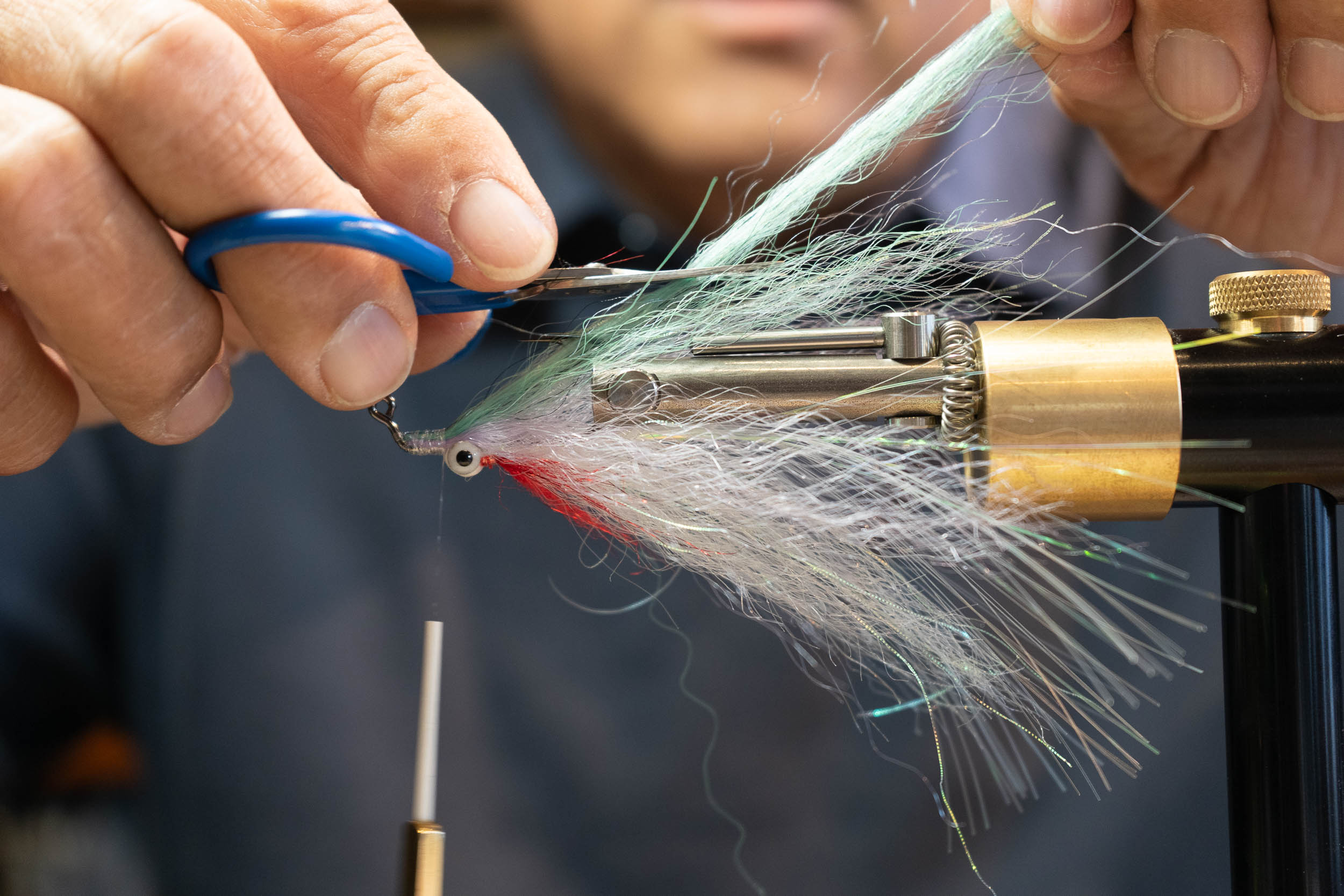
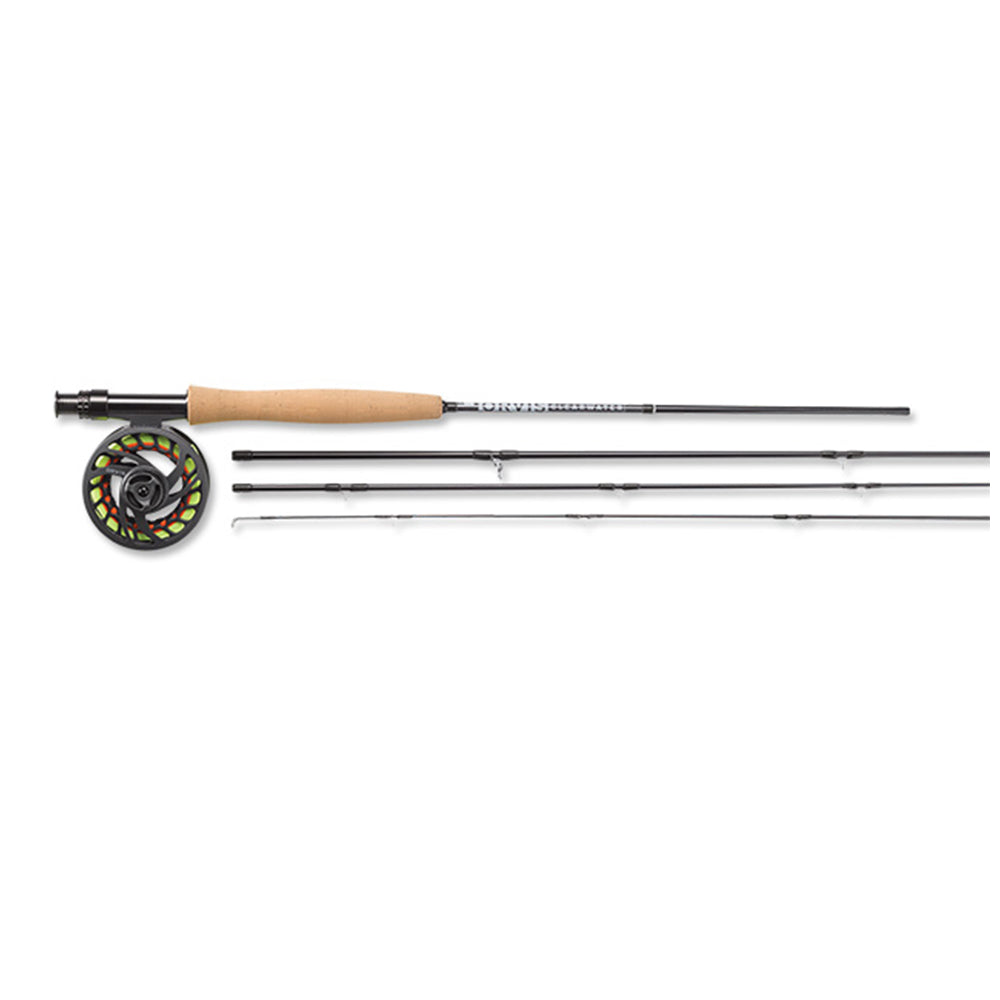
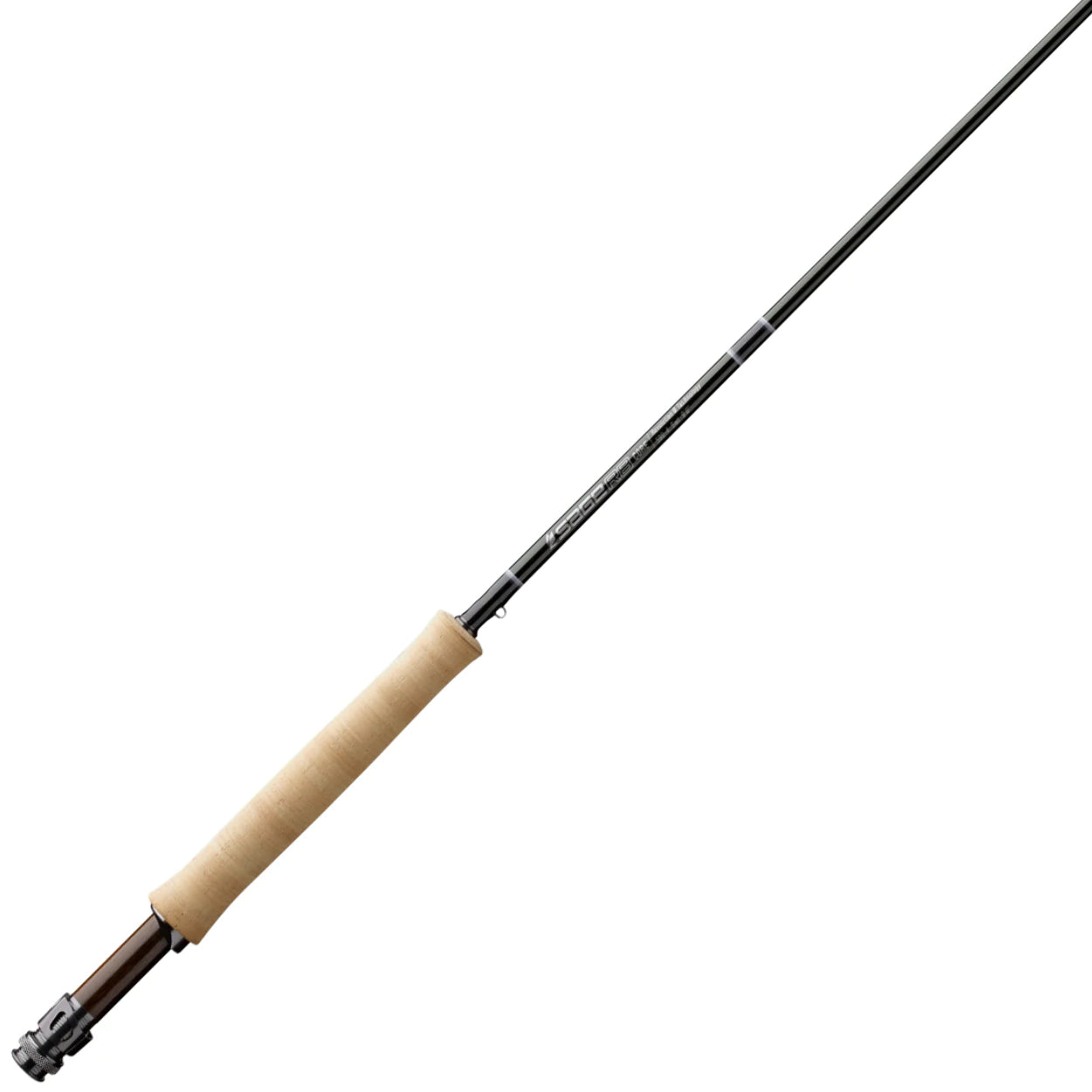
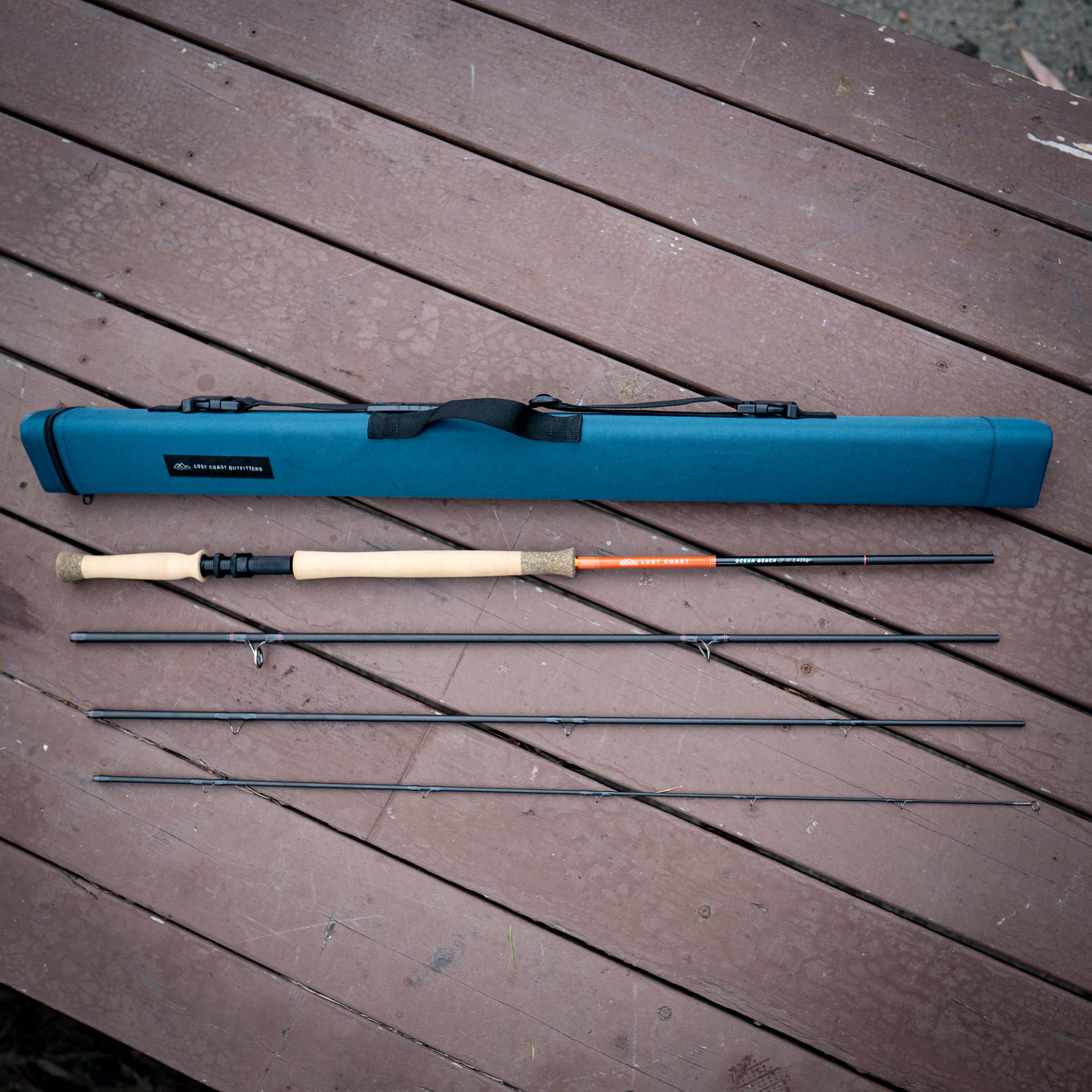

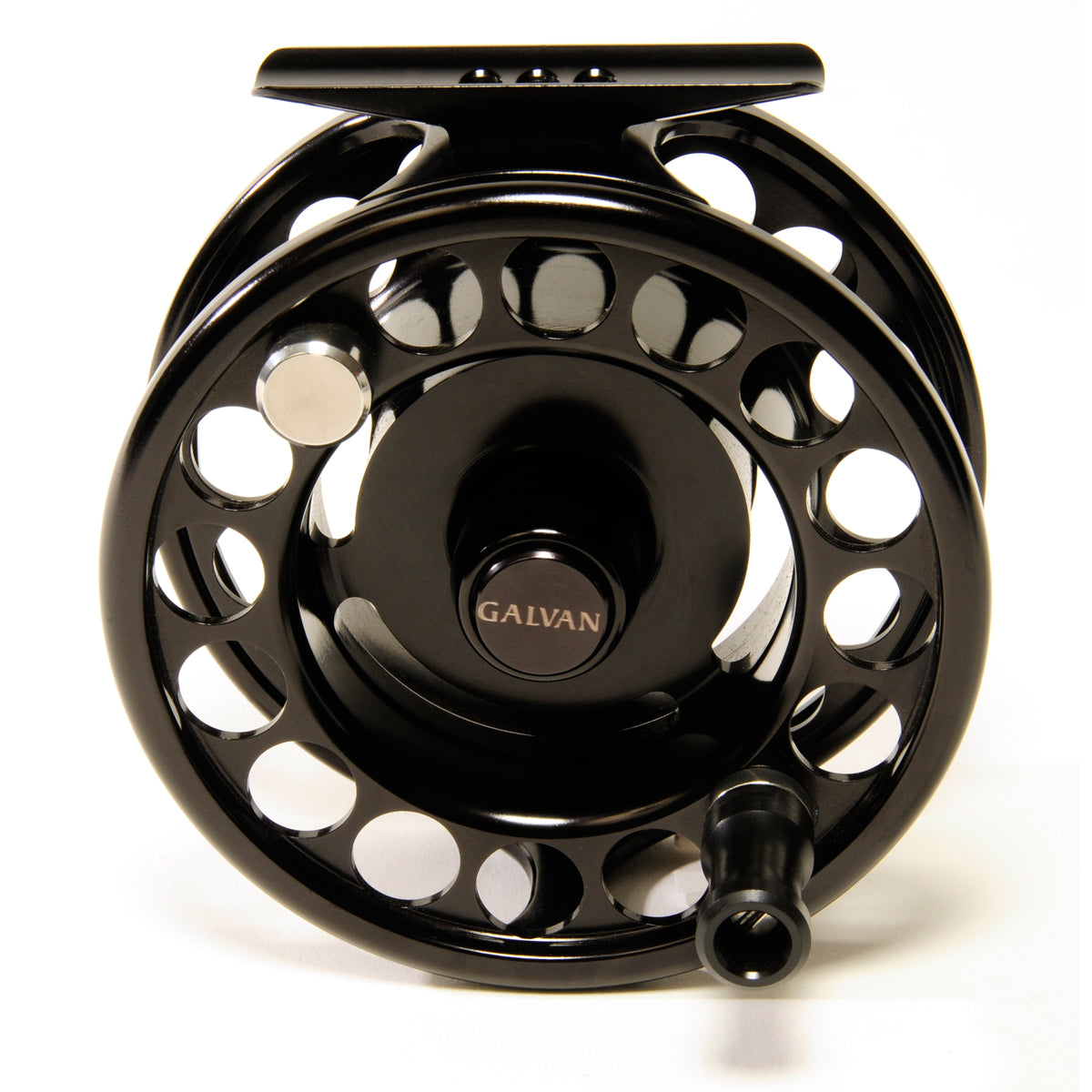
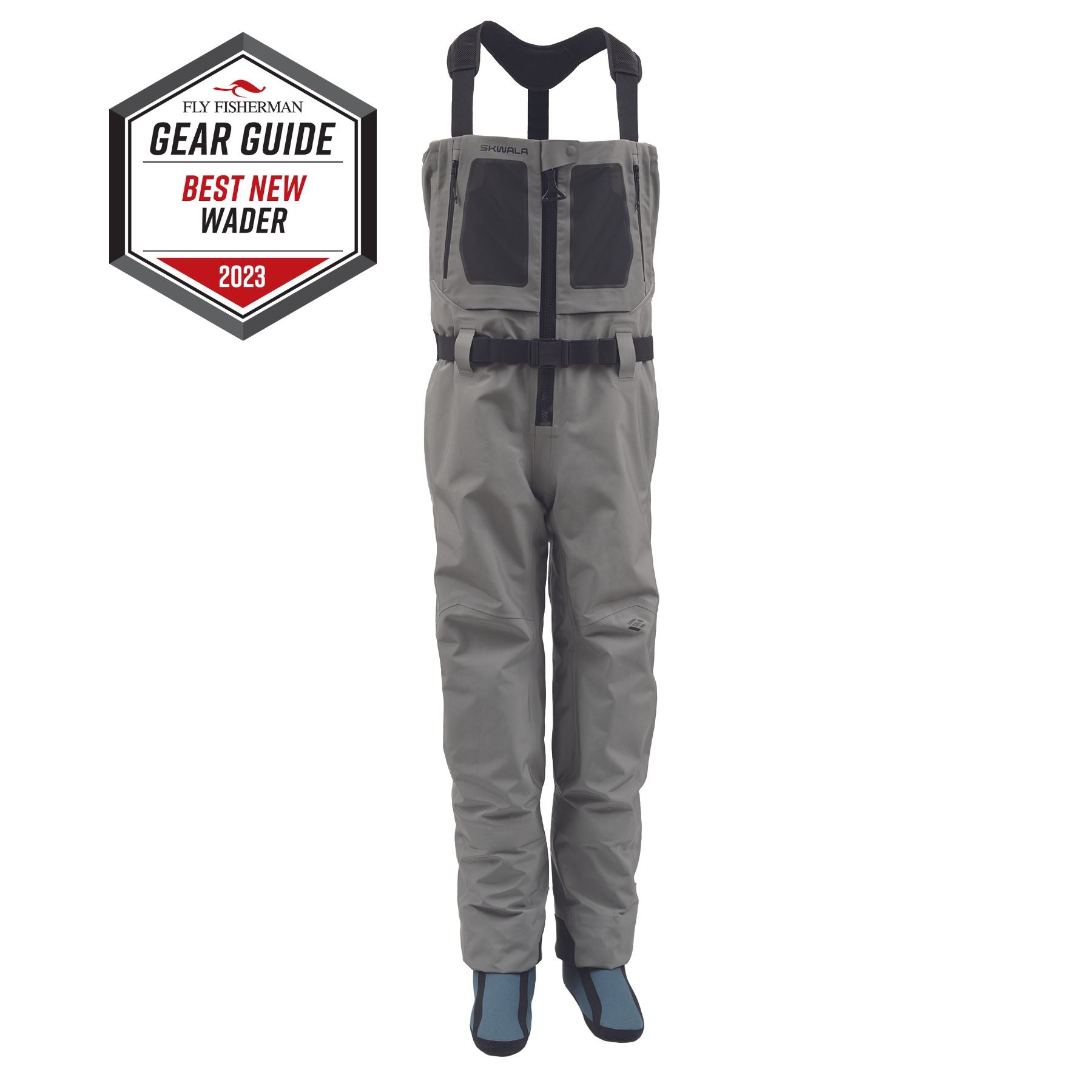
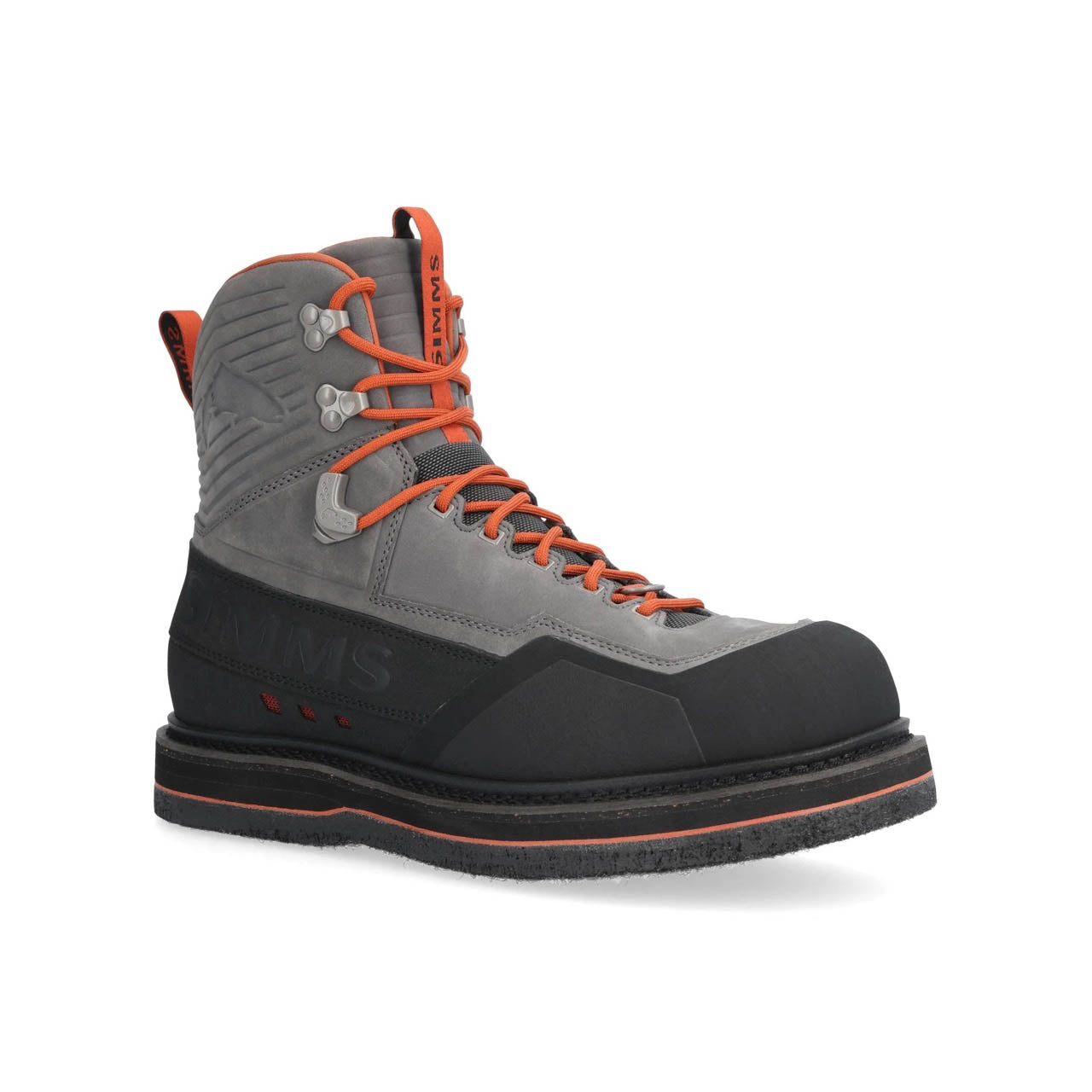
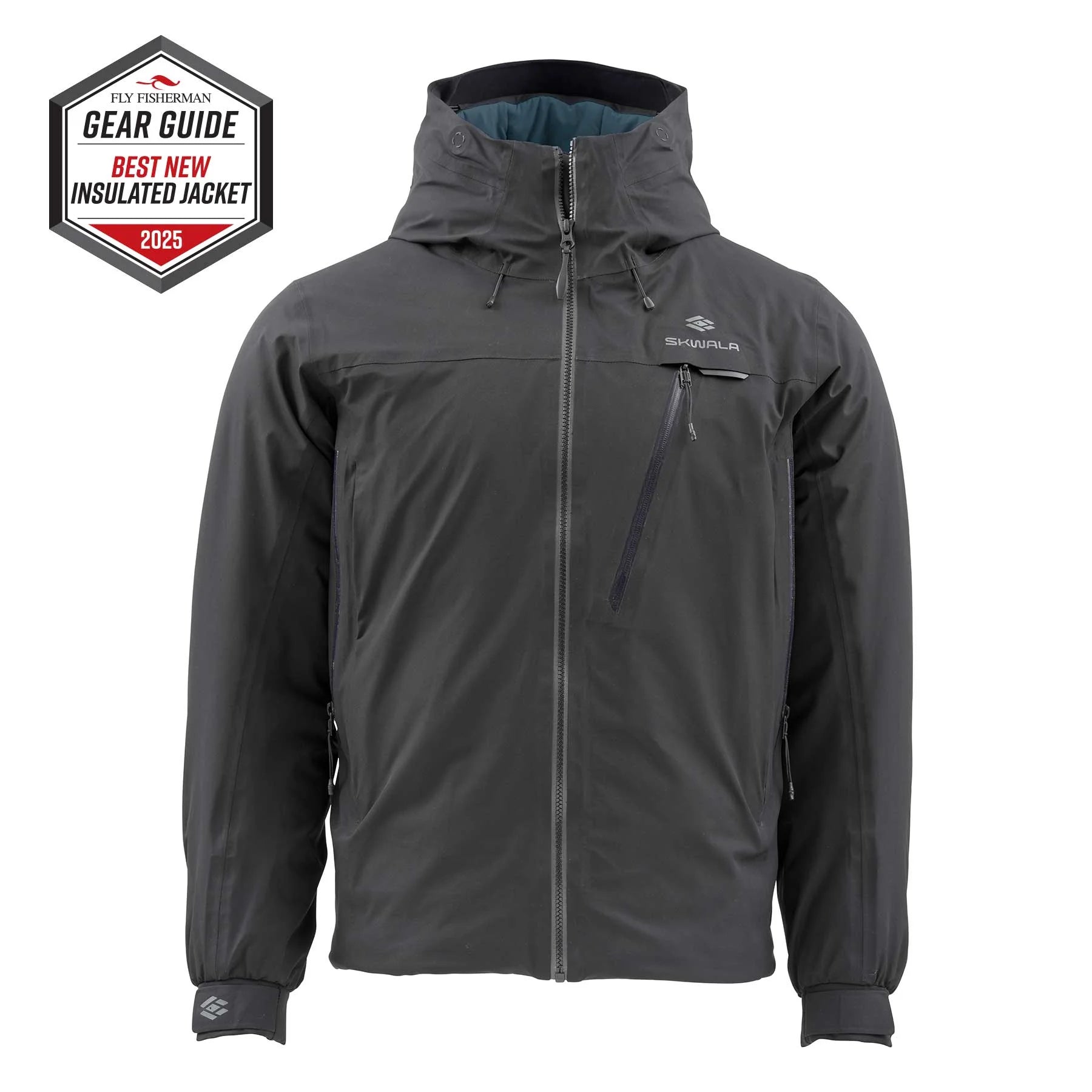
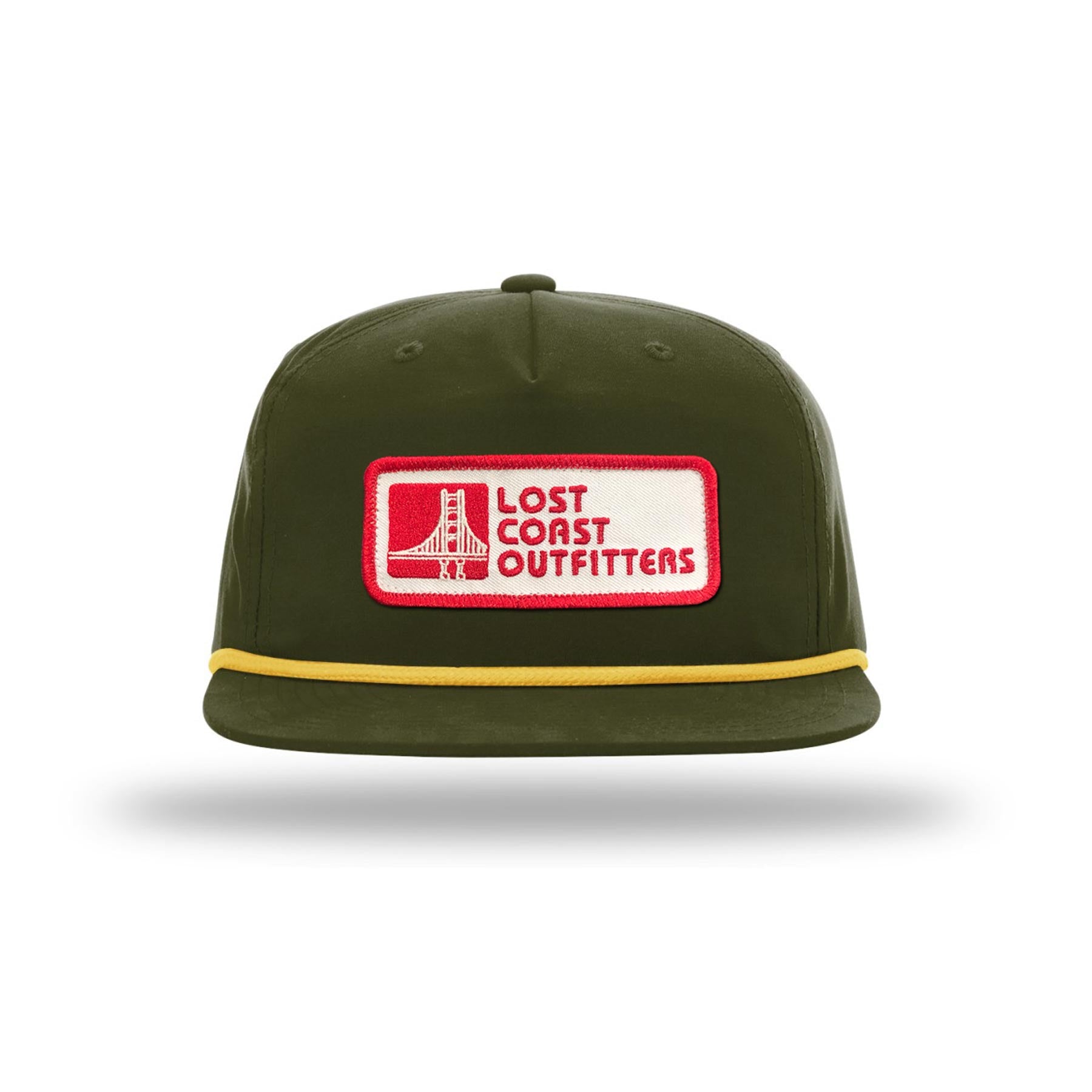
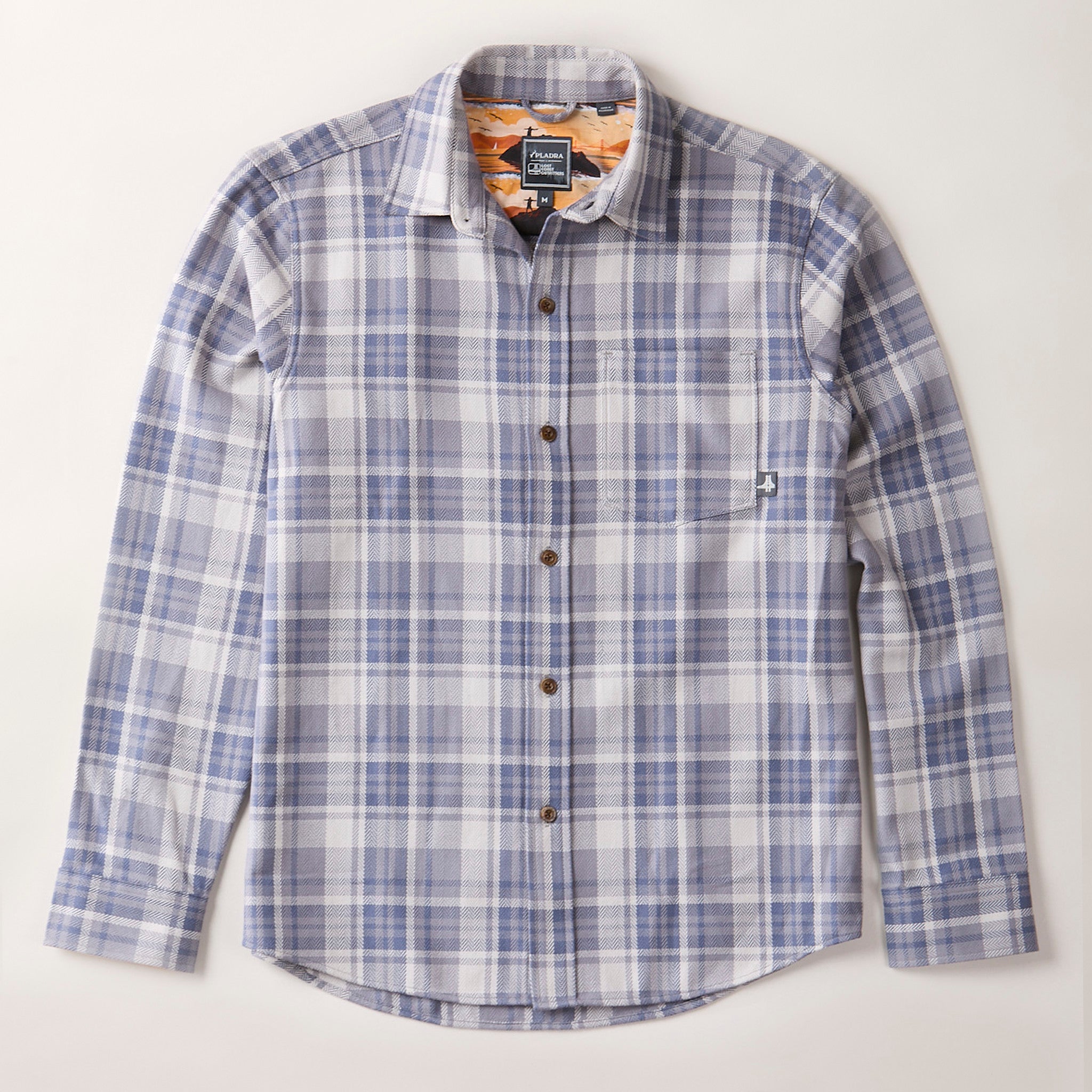
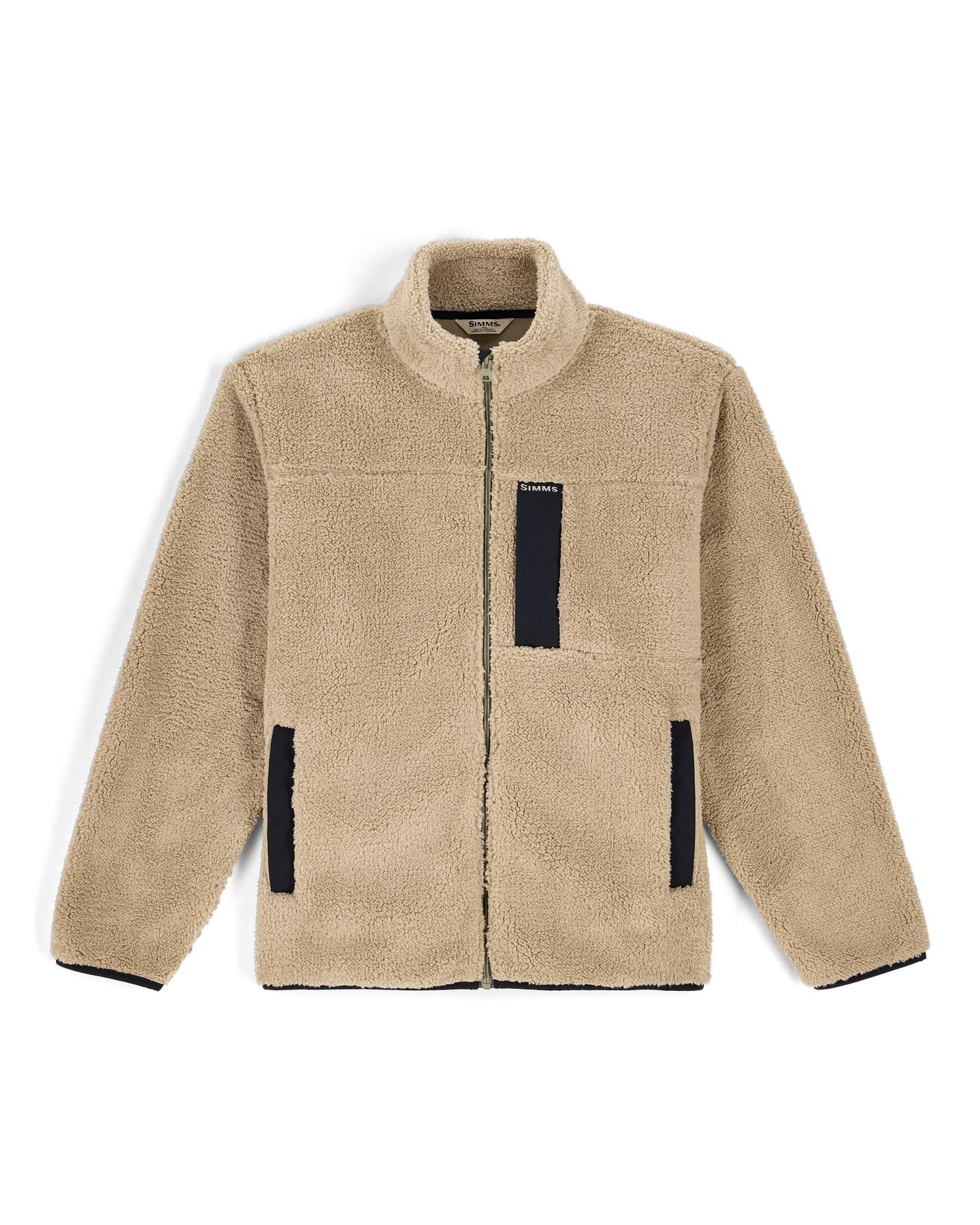
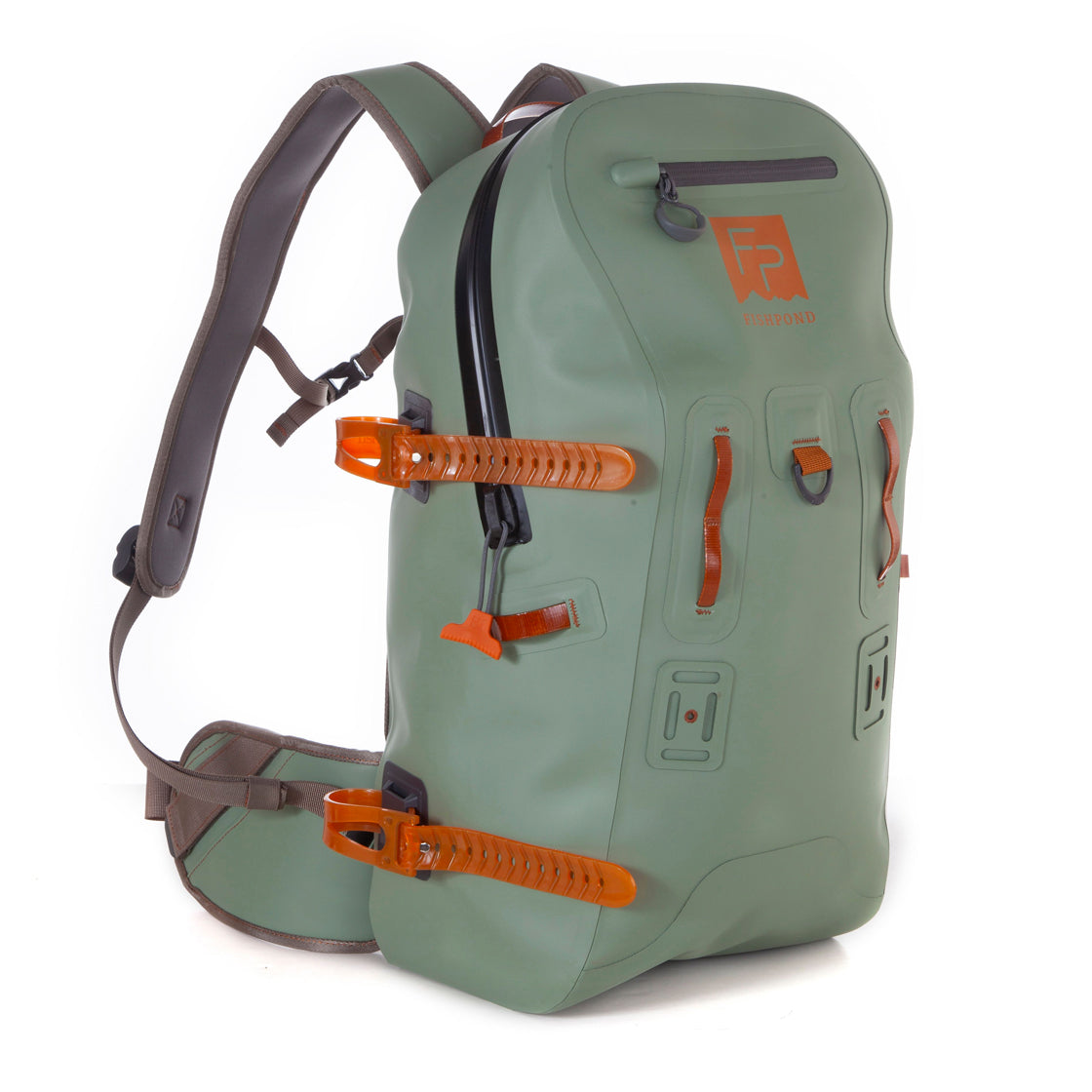
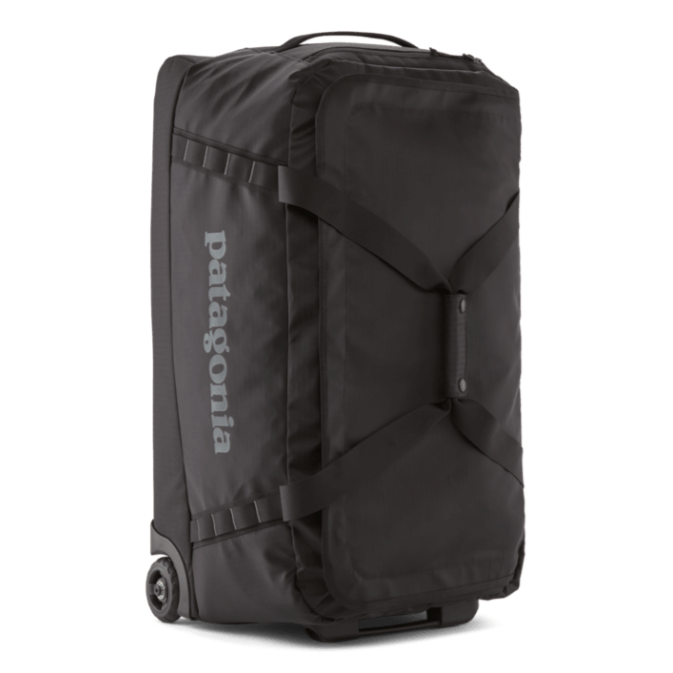
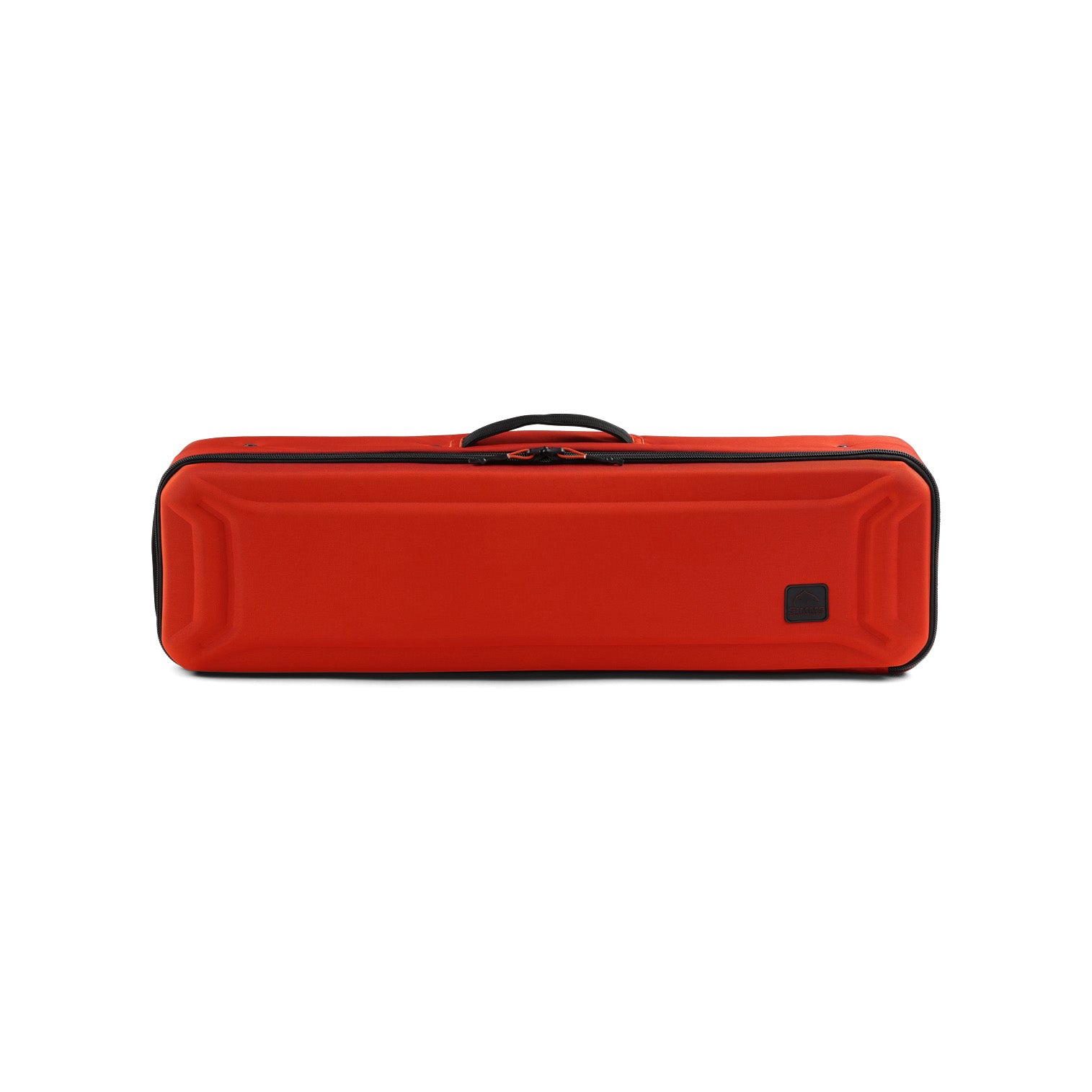
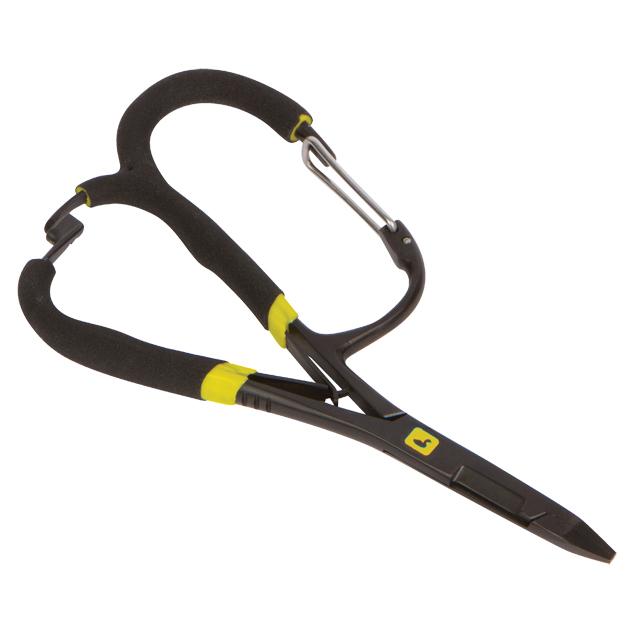
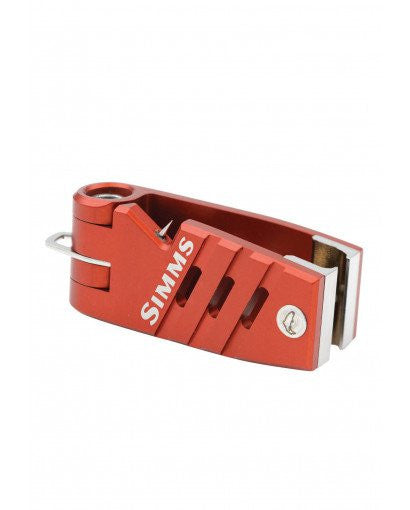
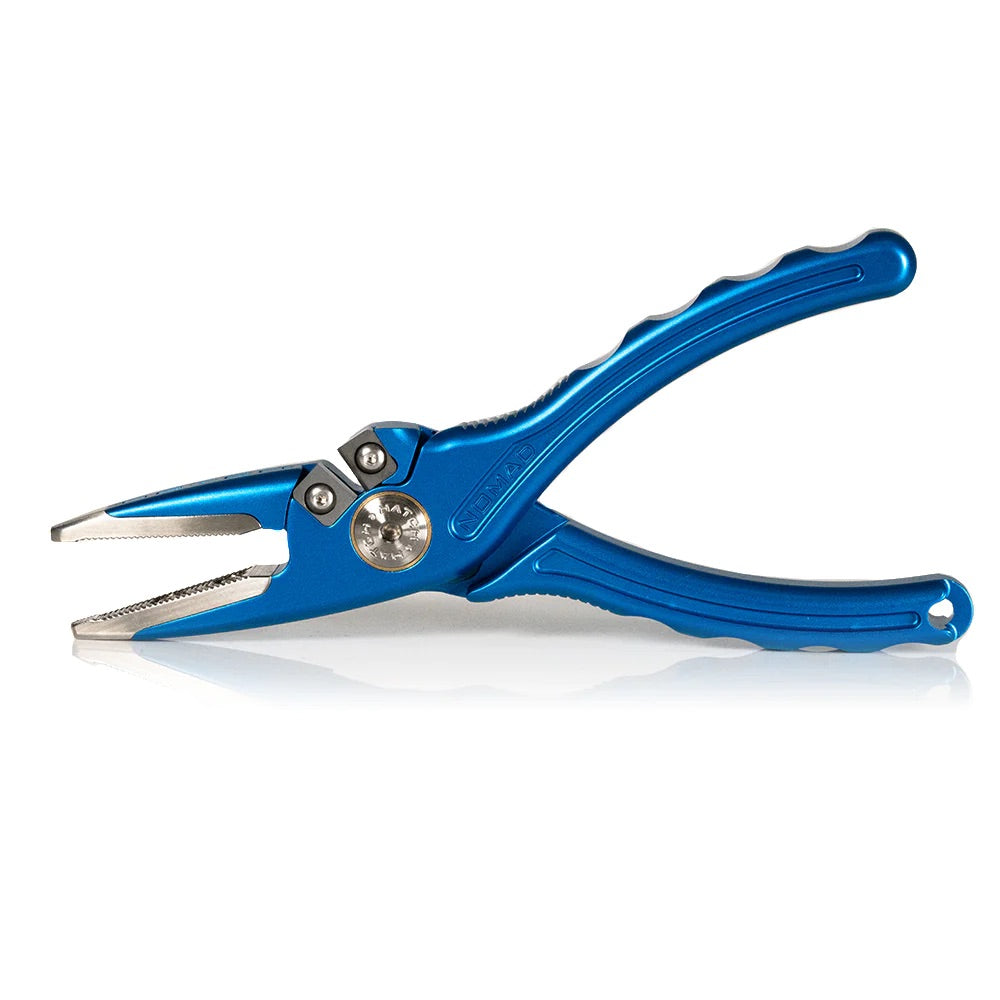
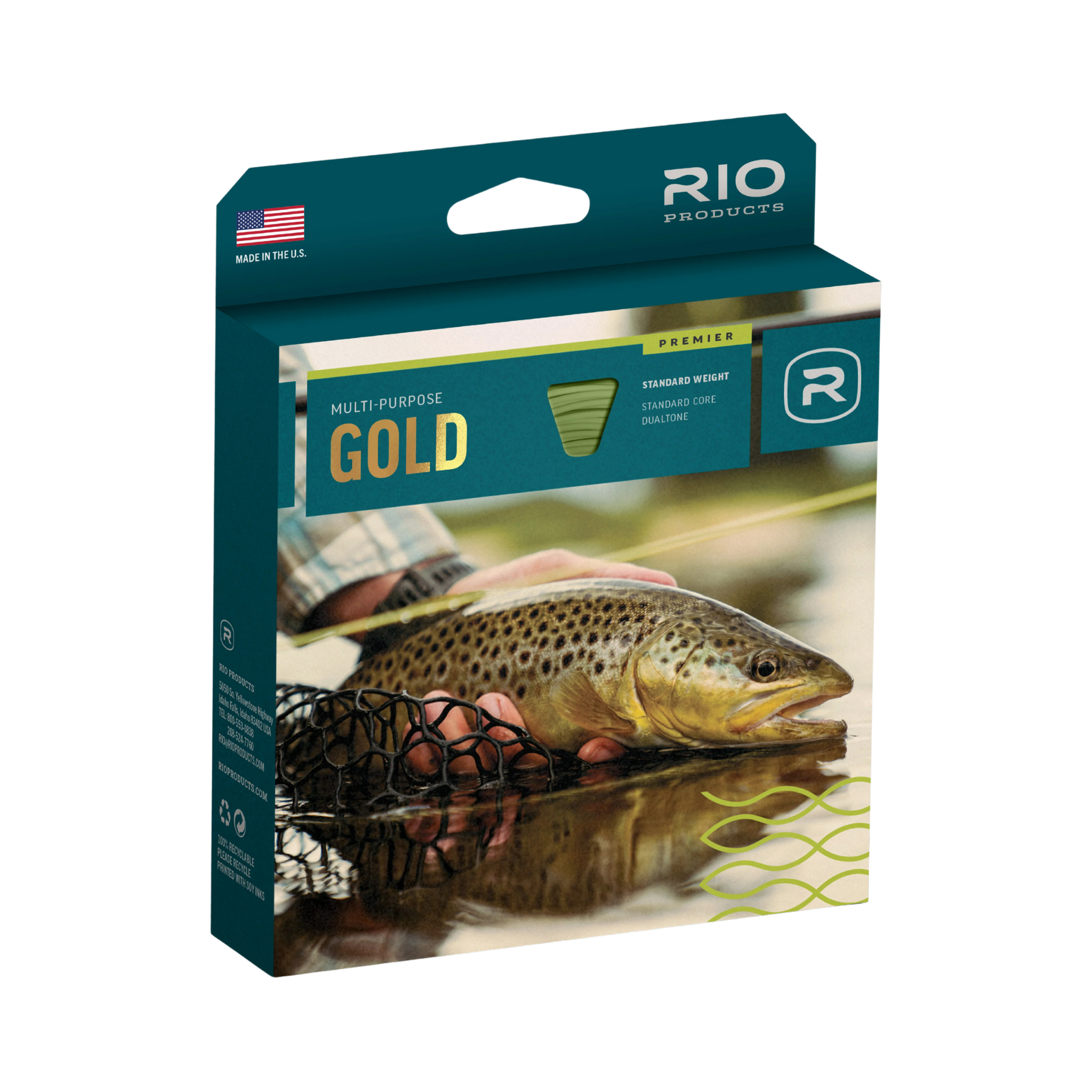
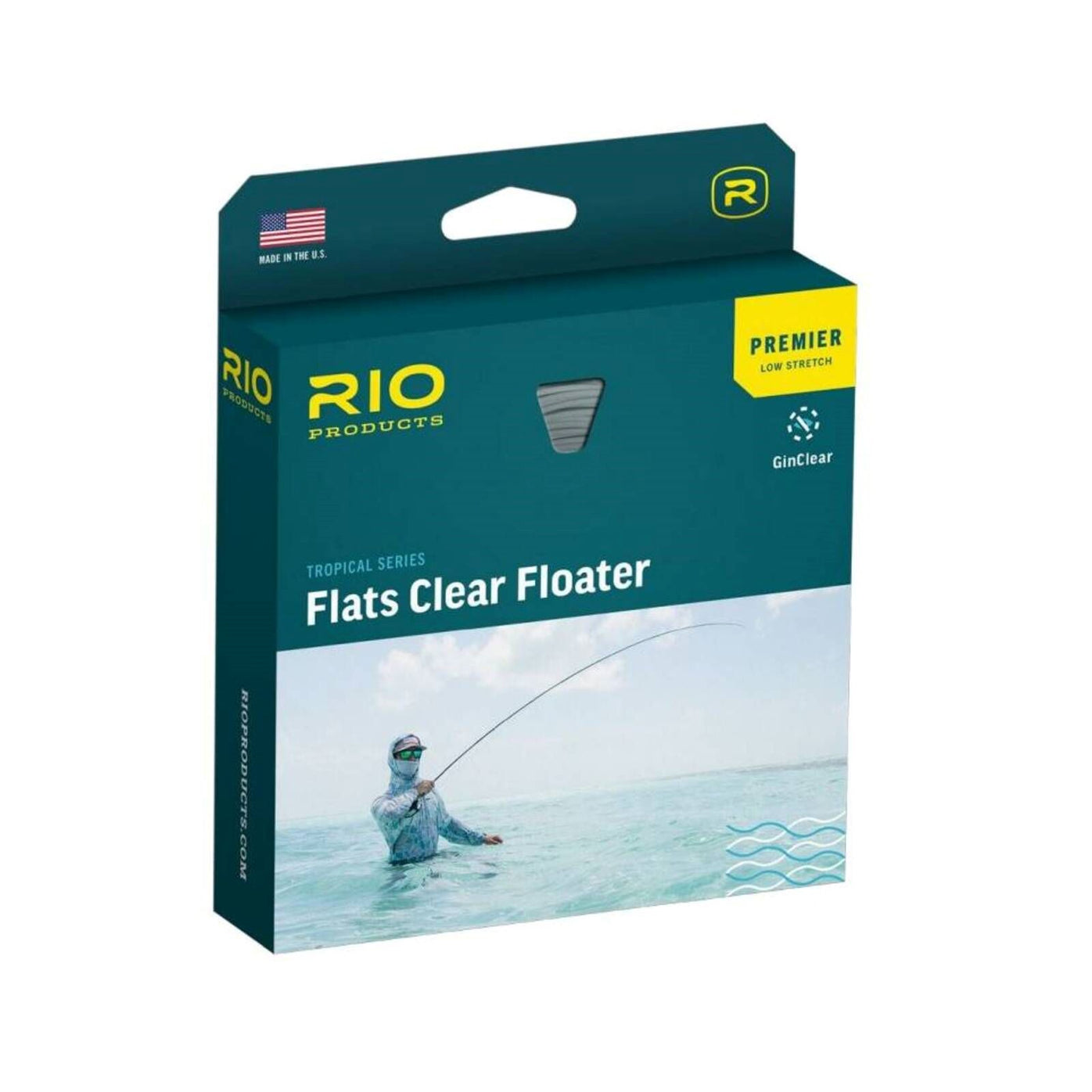
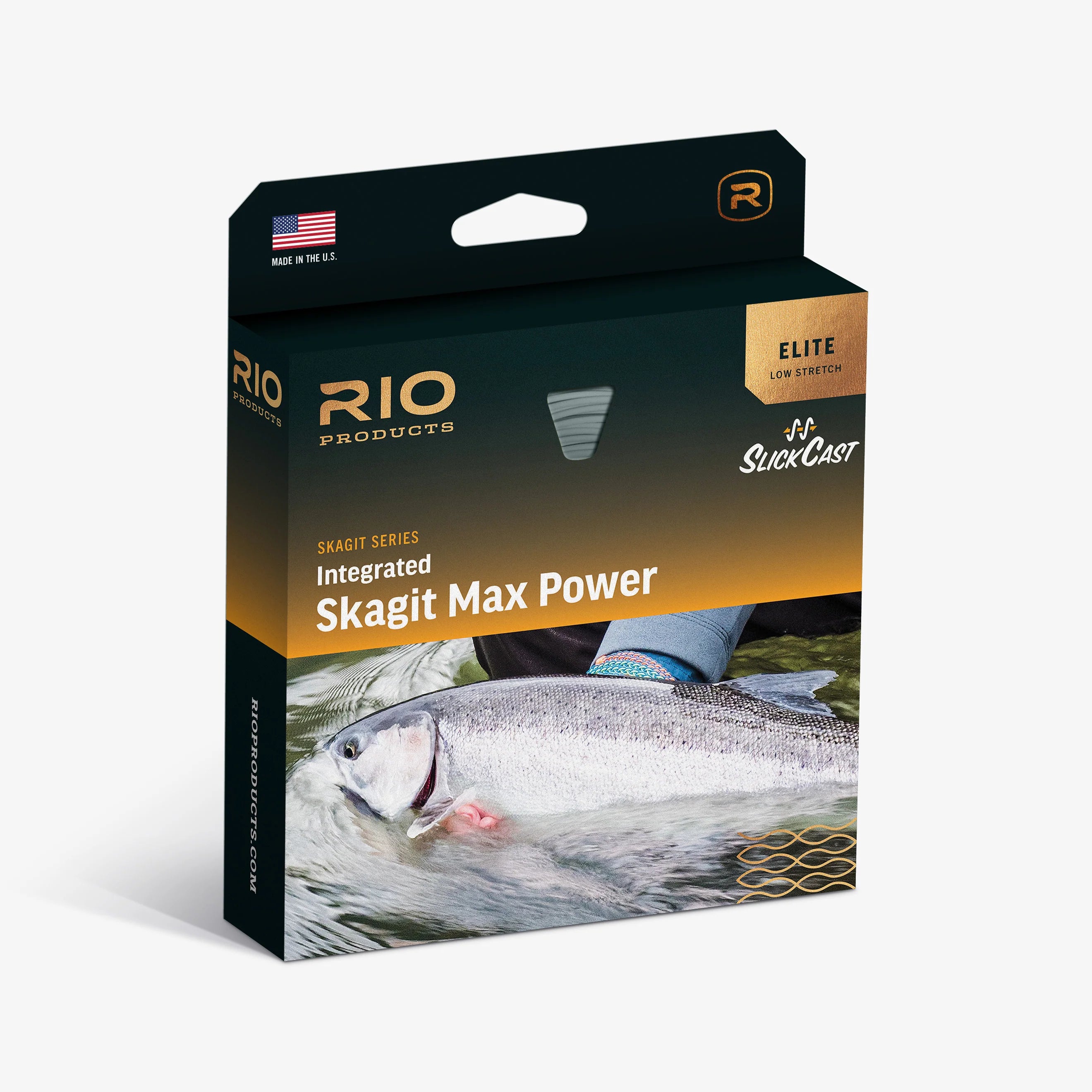
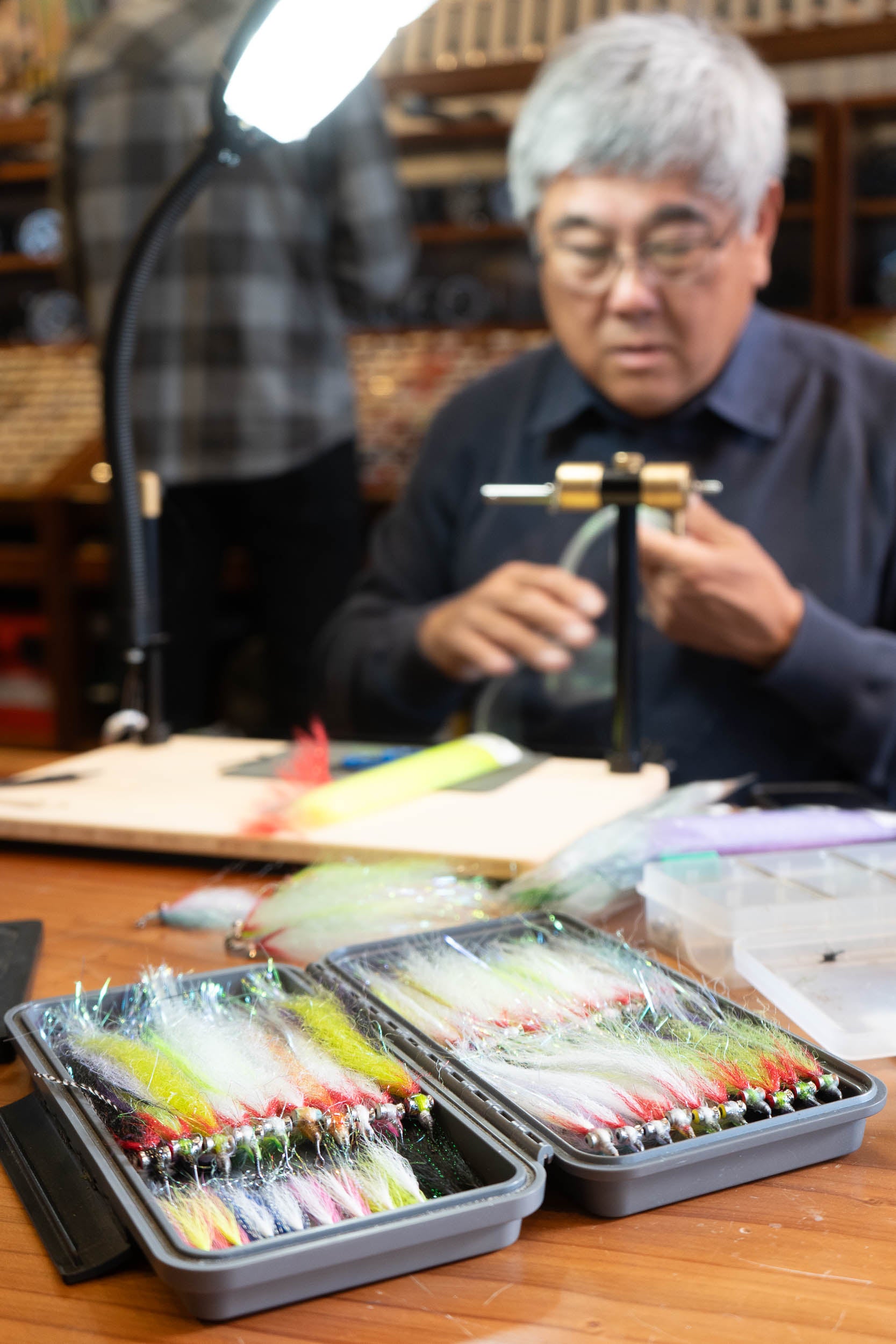
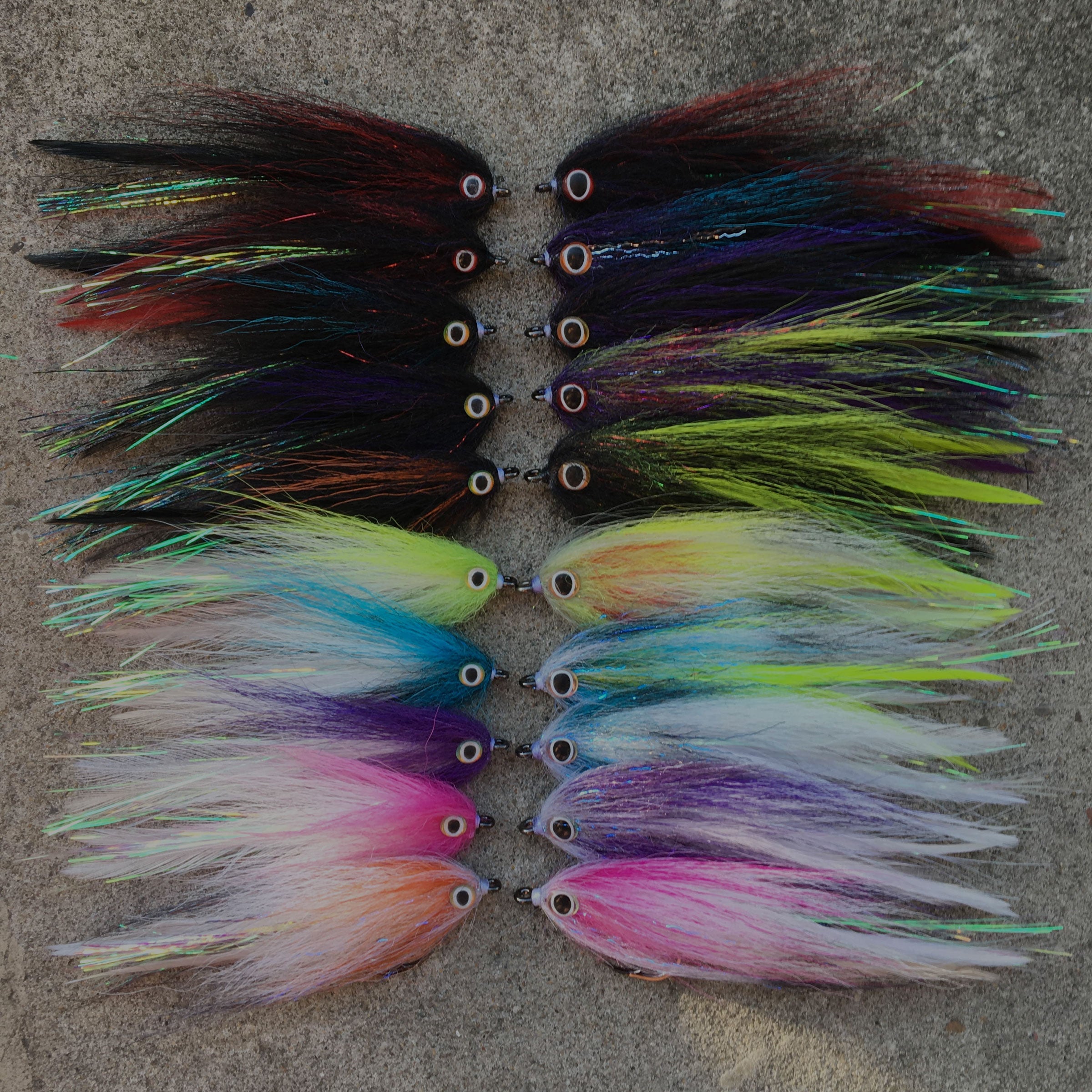
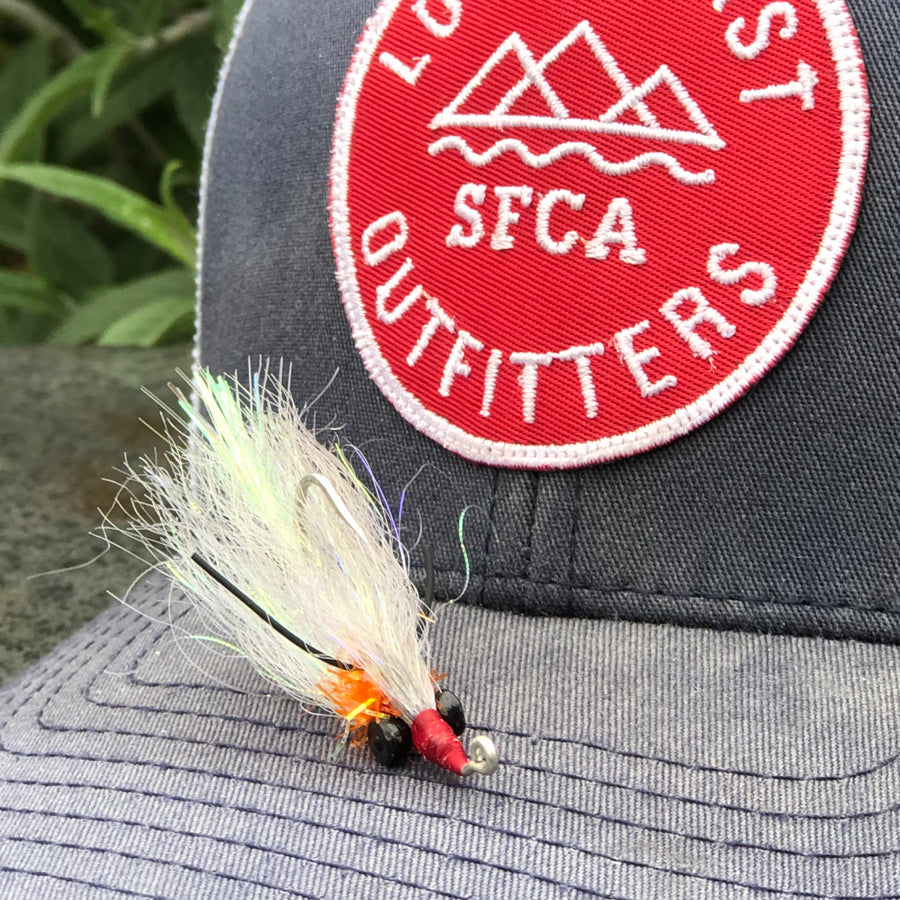

Leave a comment
All comments are moderated before being published.
This site is protected by hCaptcha and the hCaptcha Privacy Policy and Terms of Service apply.